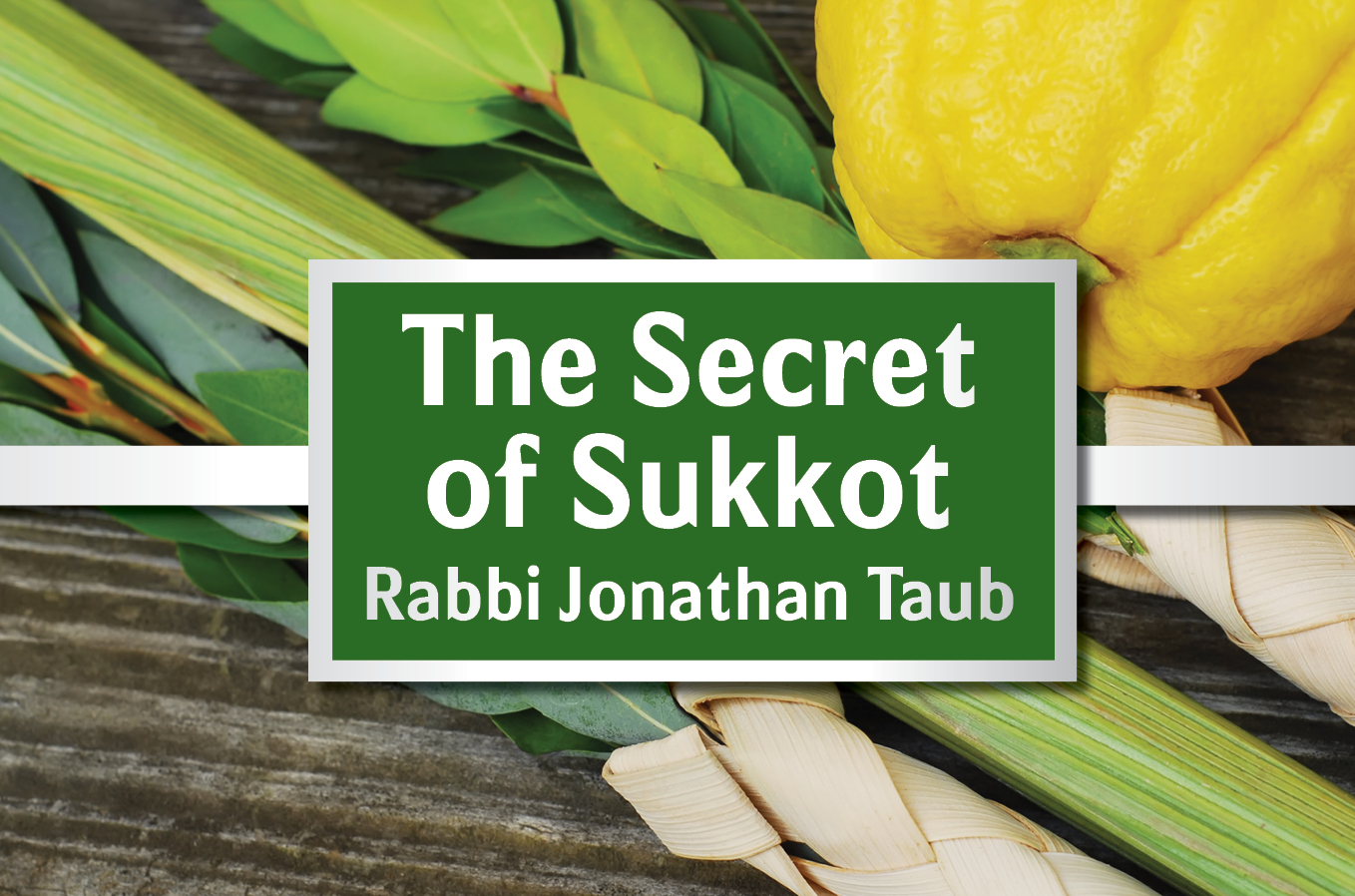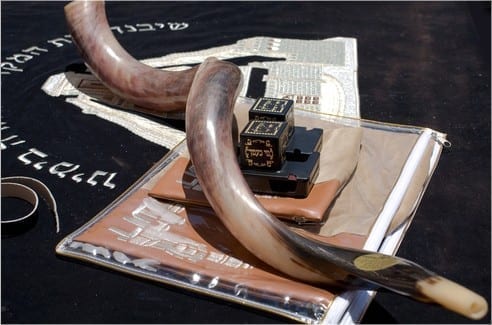Midrash Vayikrah 30 quotes this verse and explains: “They are the wise sages.” To which four things was King Solomon referring and how is it related to the sages’ wisdom? “It is referring to the Four Species which include the lulav, etrog, hadas and arava. Who says that the ”fruit of a citrus tree” (Lev. 23:40) is an etrog? Don’t all citrus trees produce fruit?
The Torah says to take “date palm fronds” (ibid.), but only the lulav is taken, which is the spine of the palm frond. As for the Torah’s statement “branch of a braided tree” (ibid.), who says this refers to a myrtle branch? As for “willows of the brook” (ibid.) it say in another place (Nechemiah 8) ”Go out to the mountain and bring me olive leaves… and branches growing by the brook.” Don’t all trees grow near water? Who told the Jews that the Four Species are the etrog, lulav, hadas and arava? The wise sages.”
In all the diasporas, wherever Jews lived in the past 2000 years, there was never a person who took a grapefruit, guava or orange for his Four Species. Why? How did everyone know without exception that the “fruit of a citrus tree” referred only to an etrog? Why didn’t anyone take a grapefruit, which is also a citrus fruit?
The same question can be asked about all the other species. How do we know what they are? No one disputes that for the past 2000 years, Jews everywhere in the world all took the same Four Species. Who was behind this? Who had the authority to determine which species they were? Our wise sages.
Our Creator gave us the Torah with fundamental conditions and rules and one of them is that the Written Torah can only be properly understood by the Oral Torah, which is the tradition which our sages received and includes the 13 rules of exegesis by which they explained the Torah. The mishna says at the beginning of the tractate of Avot: Moses received the Torah at Sinai, and passed it down to Joshua, and Joshua to the Elders, and the Elders to the prophets, and the prophets passed it down to the Men of the Great Assembly…”
When Moses received the Written Torah which he passed on to the Jewish people, he passed it on together with the Oral Torah which explains and interprets the Written Torah’s meaning.
Therefore, when the verse says “fruit of a citrus tree”, our sages knew that the meaning was to an etrog and not to a grapefruit or an orange. They deduced it from the words“etz hadar” — which usually means “citrus tree” but can also mean “it lives [long] on a tree” because the etrog unique from all citrus fruits remains a relatively long period of time on the tree. The sages also explain kapot tamarim — date palm fronds — as hinting to using only one frond because the word kapot is spelled missing a vov, as if it would be read kapat (one frond) and therefore the Torah is referring to only using one lulav.
This is true for every single subject in the Torah. The sages possessed the Tradition and had the authority to determine and define the commandment, when it is performed, what is its shape and how it is done.
Who could know what tefillin are just from the commandment “you shall tie them for a sign on your hand and as totaphot between your eyes?” What could we understand from this verse? Can we know when to put them on? How they look? On which hand they are tied? The same is true for many other technical details of various commandments. Without having a central absolute authority, everyone would interpret each commandment as he wants and as his heart is inclined.
We possess ancient tefillin from the time of the Destruction of the Temple (from Masada) which shows that it matches perfectly to the tefillin we wear today. The Torah sections inside of them, the kind of writing, the straps, etc. are the same. How could there be such exact precision and such an unbroken tradition over two thousand years!! Our Oral Tradition is unique.
King Solomon noted this and expressed his astonishment at the Torah sages’s ability to lead and direct the people’s fulfillment of the Torah. The Jewish people recognized and esteemed this authority, and they have been happily and devotedly fulfilling the sages’ instructions for the past 2000 years until today.





